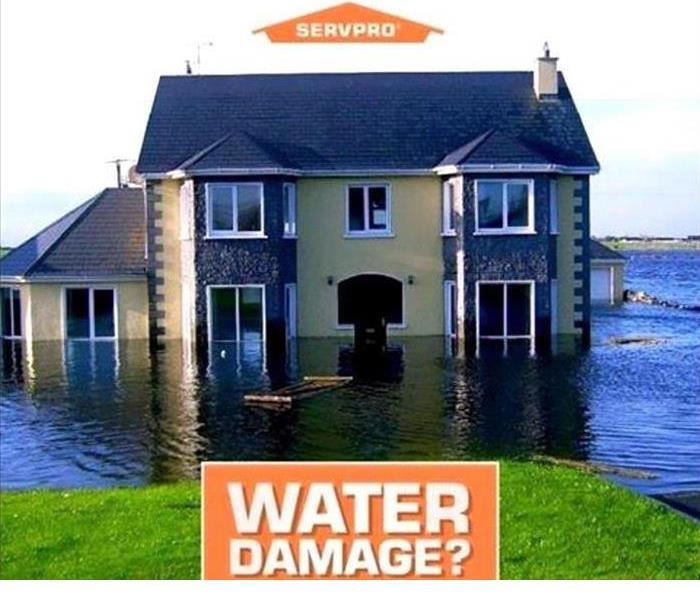Black Water Damage
6/1/2017 (Permalink)
When floodwater contains multiple contaminants and viruses that present serious risks of illness, it is considered black water. Flooding is a major risk in many locations throughout the US and can bring about black water contamination. Several factors contribute to flooding, including snow thaw, storms and hurricanes, all of which can cause sewage backflows, as well as rising water from rivers, streams and seawater.
Remediating black water contamination in a building requires careful planning and utilization of specialized equipment. A licensed contractor will know how to assess the damages, sanitize and dry the affected areas. Steps to follow in the event of black water damage:
- 1. Ensure the safety of all building occupants and workers. Employees must wear protective equipment, such as gloves, boots, eye protection, waterproof coveralls and respirators.
- 2. The hired contractor conducts a thorough inspection of the affected areas to determine the severity of the damage. The restoration process depends on this assessment.
- 3. Excess water is rapidly removed to prevent further damages. Contaminated porous items, sewage and other wastes are also removed. Special tools such as air scrubbers or negative air machines may be used to prevent contamination in unaffected areas. Affected surfaces are cleaned and sanitized with EPA-approved disinfectants.
- 4. When sanitization is complete, the contractor establishes a balanced drying system to restore the damaged areas to their preloss condition. This final step involves the usage of specialized procedures, products and equipment, such as professional dehumidifiers and high capacity air movers.
For all property damage situations, including black water contamination, contact SERVPRO of Oldham/Shelby. Our professionals will mitigate the loss and provide the latest industry standard services to restore your property from water, fire, smoke, mold and other damages.




 24/7 Emergency Service
24/7 Emergency Service
